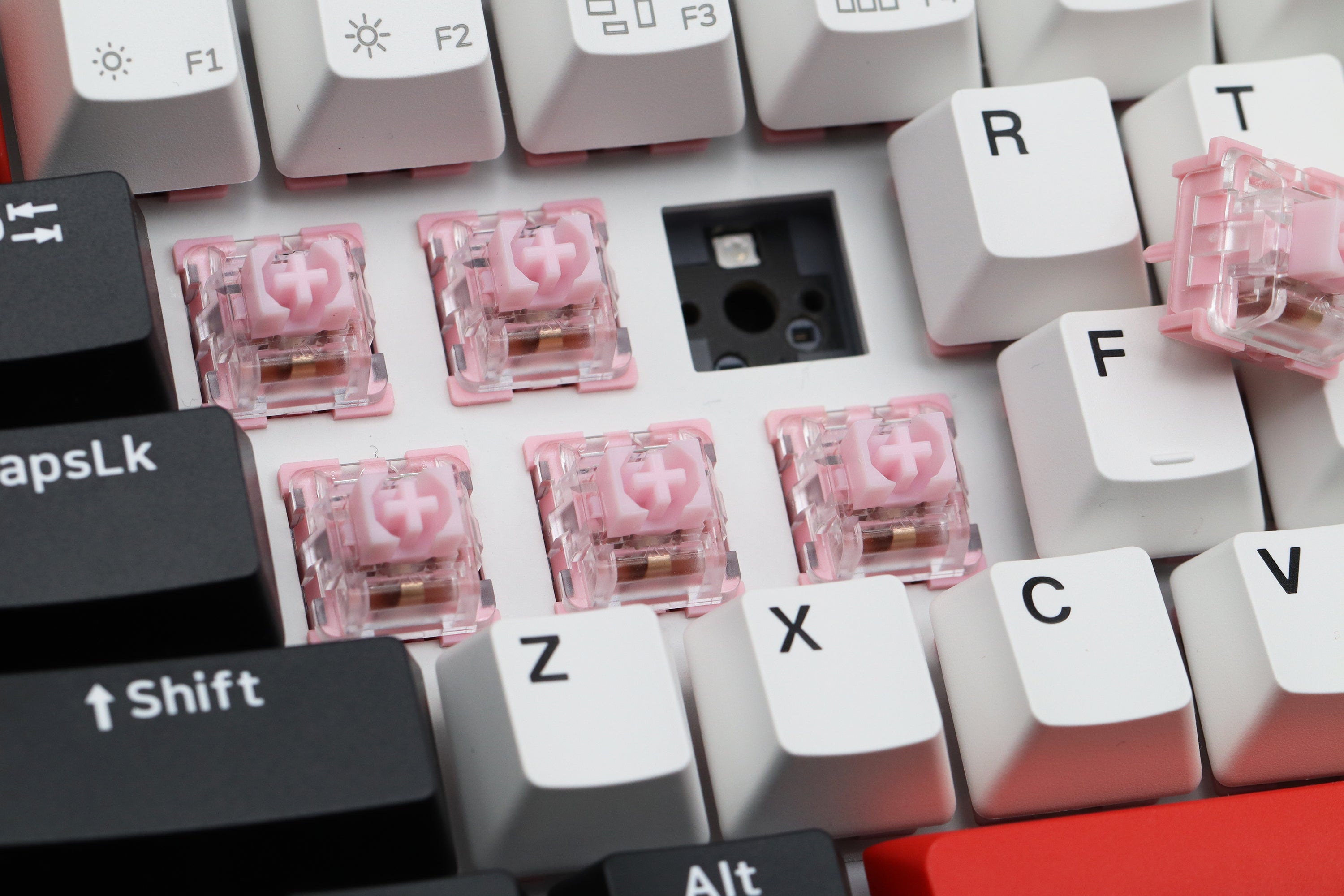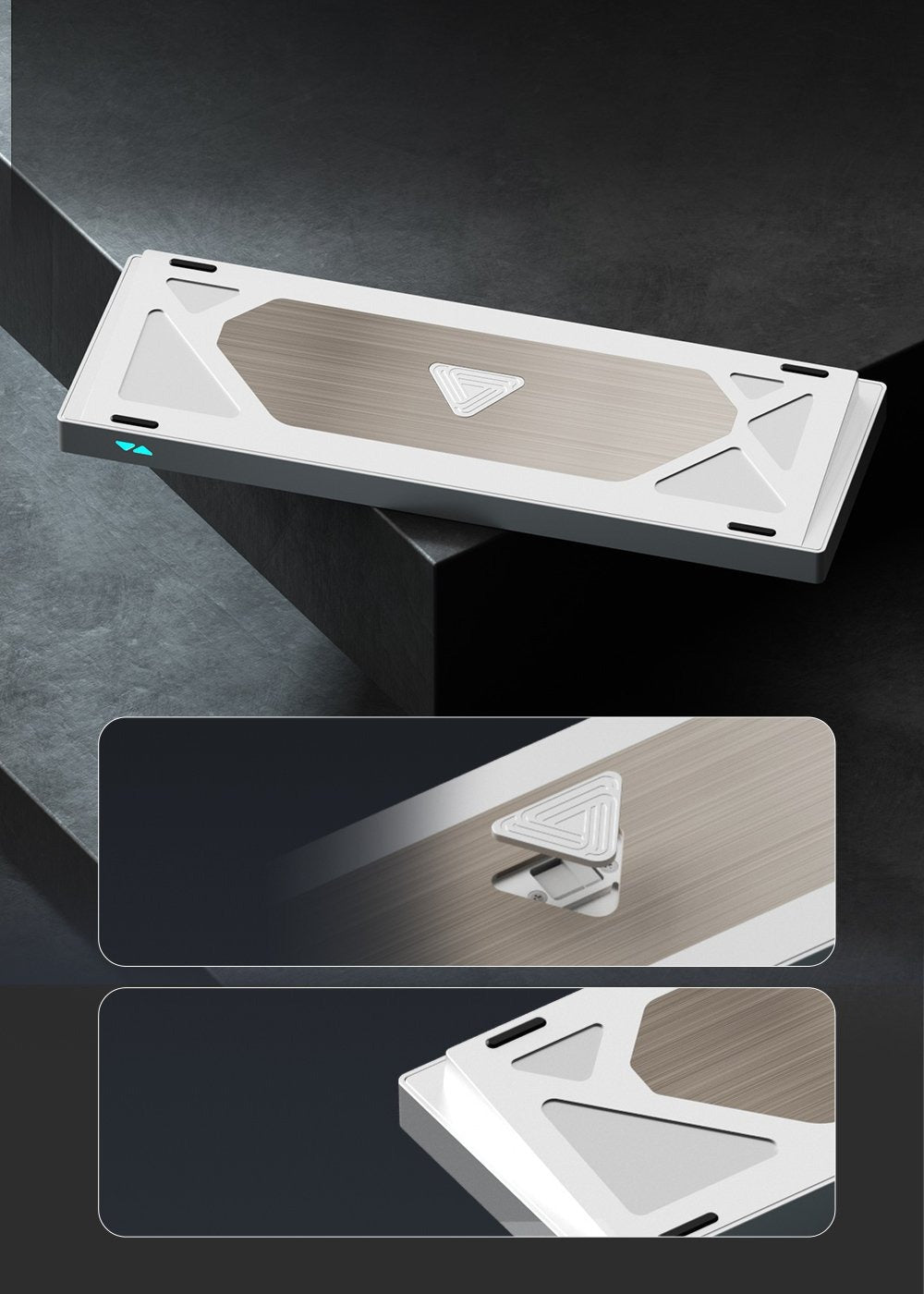When diving into the world of mechanical keyboards, one term you’re bound to come across is the PCB, or printed circuit board. The PCB serves as the heart of your keyboard, connecting switches to the computer and ensuring every keypress is registered. One of the most critical decisions when selecting or building a keyboard is choosing between a hot-swappable PCB and a soldered PCB. Understanding their differences can help you make the right choice for your needs and preferences.
What Is a Hot-Swappable PCB?
A hot-swappable PCB allows you to replace or change switches without the need for soldering. Each switch socket is equipped with spring-loaded contacts that create an electrical connection when a switch is inserted. This makes it a popular choice for enthusiasts who love experimenting with different switches or beginners who want a hassle-free experience.
Pros:
-
Ease of Use: You can swap out switches in minutes using only a switch puller, making it ideal for those new to mechanical keyboards.
-
Flexibility: Experiment with different switch types without committing to one.
-
Convenience for Repairs: If a switch becomes faulty, it can be replaced quickly without the need for specialized tools.
Cons:
-
Durability Concerns: Frequent swapping can wear out the sockets over time, although high-quality PCBs mitigate this issue.
-
Limited Compatibility: Some hot-swap PCBs support only certain switch types or layouts.
What Is a Soldered PCB?
A soldered PCB, as the name suggests, requires each switch to be soldered onto the board to establish a secure connection. This approach is more traditional and is often preferred by purists and advanced users who enjoy the customization process.
Pros:
-
Enhanced Stability: Soldered connections are more secure, ensuring switches stay firmly in place.
-
Broader Compatibility: Supports a wider range of switches.
-
Customization Freedom: Allows for greater flexibility in creating unique layouts, such as custom split or ergonomic designs.
Cons:
-
Time-Consuming: Soldering switches can be a lengthy process, especially for beginners.
-
Less Flexibility: Once soldered, changing switches requires desoldering, which can be tedious and requires additional tools.
-
Steeper Learning Curve: Soldering requires practice and precision, which might intimidate new builders.
Which One Should You Choose?
Your decision largely depends on your goals and skill level:
-
Hot-Swappable PCBs are perfect for:
-
Beginners who want a plug-and-play experience.
-
Enthusiasts who enjoy experimenting with different switches.
-
Users who want the flexibility to update their keyboard easily.
-
-
Soldered PCBs are better suited for:
-
Advanced users who enjoy the process of building and customizing.
-
Those looking for a more durable and stable keyboard.
-
Builders creating unique or highly specific layouts.
-
Conclusion
Whether you choose a hot-swappable or soldered PCB, both options offer distinct advantages that cater to different types of keyboard enthusiasts. Hot-swappable PCBs provide convenience and flexibility, making them an excellent choice for beginners and tinkerers. On the other hand, soldered PCBs deliver unmatched stability and compatibility, appealing to those who value craftsmanship and customization. By understanding these differences, you can confidently select the option that best fits your needs and dive deeper into the satisfying world of mechanical keyboards.






